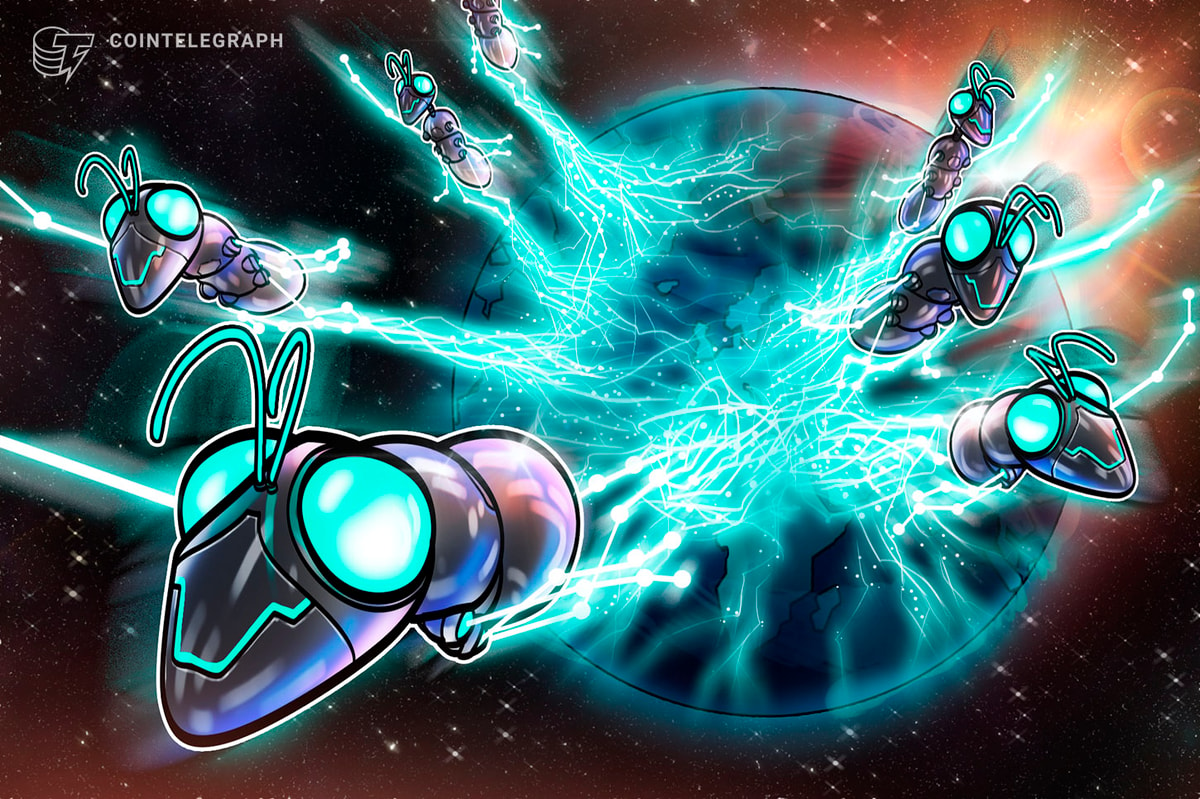Crypto Wallets Explained: A Beginner’s Guide to Securely Managing Digital Assets
Imagine this: you’ve just dipped your toes into the world of cryptocurrency. You’ve bought a fraction of Bitcoin or maybe some Ethereum. The exchange app shows your balance, and everything seems straightforward. But here’s the thing — where is that cryptocurrency really stored? It’s not in the app you’re using, nor in some tangible vault. Enter the fascinating concept of crypto wallets, the backbone of managing digital currencies.
Let’s break it down together. What are crypto wallets, why do they matter, and how do they actually work? Stick around — this might just save you from making beginner mistakes that could cost you your precious digital assets.
So, What Exactly Is a Crypto Wallet?
At first glance, the term “crypto wallet” might sound like a digital pouch for holding your Bitcoin, but that’s not entirely accurate. These wallets don’t store cryptocurrency itself. Instead, they store something even more important: private keys — your ticket to accessing and managing your digital funds.
Think of it like this: if cryptocurrencies are like online bank accounts, your wallet is the combination lock to that account. The private keys are what let you access and control your funds. Without these keys, your cryptocurrency is as good as gone. That’s why protecting your wallet is non-negotiable.
Types of Crypto Wallets: Hot or Cold?
Now, here’s where it gets interesting. Crypto wallets come in two flavors: hot wallets and cold wallets. Each has its strengths, and choosing the right one depends on your needs.
- Hot Wallets
These wallets are connected to the internet and are super convenient for everyday transactions. Think of hot wallets like your checking account. You use them for quick access, but keeping all your money there isn’t the safest move. Popular examples include mobile apps like MetaMask, Trust Wallet, or even wallets built into exchanges like Binance.
Pro tip: If you’re just starting out and testing the crypto waters, a hot wallet might be a great entry point. But beware — they’re more vulnerable to hacking because they’re always online. See the security tips.
- Cold Wallets
On the flip side, cold wallets operate offline, making them much harder to hack. They’re like that locked safe in your home, perfect for storing your long-term savings. Hardware wallets like Ledger or Trezor are the most common types of cold wallets. Sure, it’s a bit of a hassle to plug in a device every time you need to access your funds, but that’s the tradeoff for better security.
Here’s a scenario to think about: If you’ve invested in cryptocurrency as a long-term asset, like digital gold, a cold wallet is your best friend. But if you’re buying a coffee at your local crypto-friendly café (imagine that’s a thing now), a hot wallet is way more practical.
How Do Crypto Wallets Actually Work?
Let’s demystify the mechanics without diving too deep into tech jargon.
Crypto wallets work using public and private key cryptography.
- Public Key: This is your wallet’s “address.” It’s what you share with others to receive cryptocurrency. Think of it as your email address.
- Private Key: This is your secret code that lets you access and send funds. It’s like the password to your email account. Never, ever share this.
When someone sends you cryptocurrency, they’re essentially recording that transaction on the blockchain — a digital ledger that everyone can see. Your public key ensures that the funds are sent to the right place, but only your private key can unlock and spend them. Lose the private key? Well, it’s like losing the key to a treasure chest — no one else can open it, not even the blockchain gods.
Why Should You Care About Crypto Wallets?
Here’s a question for you: Would you carry all your life savings in cash, stuffed into your back pocket? Of course not! The same logic applies to crypto. Without a secure wallet, you’re leaving your investments exposed to hackers, scams, or even accidental loss.
Fun fact: Did you know that over 20% of Bitcoin is considered “lost forever”? That’s because people either misplaced their private keys or stored them irresponsibly. A famous example is James Howells, a man who accidentally threw away a hard drive containing 8,000 Bitcoins. At today’s prices, that’s hundreds of millions of dollars — gone. Sobering, isn’t it?
How Do You Choose the Right Wallet?
Here’s where your personal preferences and needs come into play.
- For Beginners: Start with a trusted hot wallet. Make small transactions, understand the process, and familiarize yourself with basic security practices.
- For Long-Term Holders: Invest in a cold wallet. The upfront cost is worth the peace of mind.
- For Versatility: Many crypto enthusiasts use a combination of both. A hot wallet for quick access and a cold wallet for savings.
And don’t forget to back up your wallet. Whether it’s a seed phrase (a series of words that recover your wallet) or a physical backup of your private key, make sure it’s stored securely and not just lying around.
Final Thoughts
Crypto wallets are more than just tools — they’re your gateway to a world of decentralized finance. They give you control over your assets and, with that, the responsibility to protect them. Whether you’re a casual crypto user or someone looking to dive deeper, understanding how wallets work is your first step toward navigating this fascinating world confidently.
So, let me ask you this: If you had to choose between convenience and maximum security, which one would you prioritize for your crypto holdings — and why? Drop your thoughts below; I’d love to hear them!
Exciting News! 🎉
I’m thrilled to share that TechScribe Central now has an official home on the web! 🚀 Our new website is a dedicated space where I’ll be diving deep into tech explorations, sharing practical tips, and providing resources to help us navigate this fast-evolving digital landscape together.
Take a moment to explore it here — I’d love to hear your thoughts! 😊 Your feedback and suggestions mean everything to me as I continue building this space for all things tech and innovation.
Let’s keep exploring, learning, and innovating together. 🌟

 2 weeks ago
20
2 weeks ago
20







 English (US) ·
English (US) ·